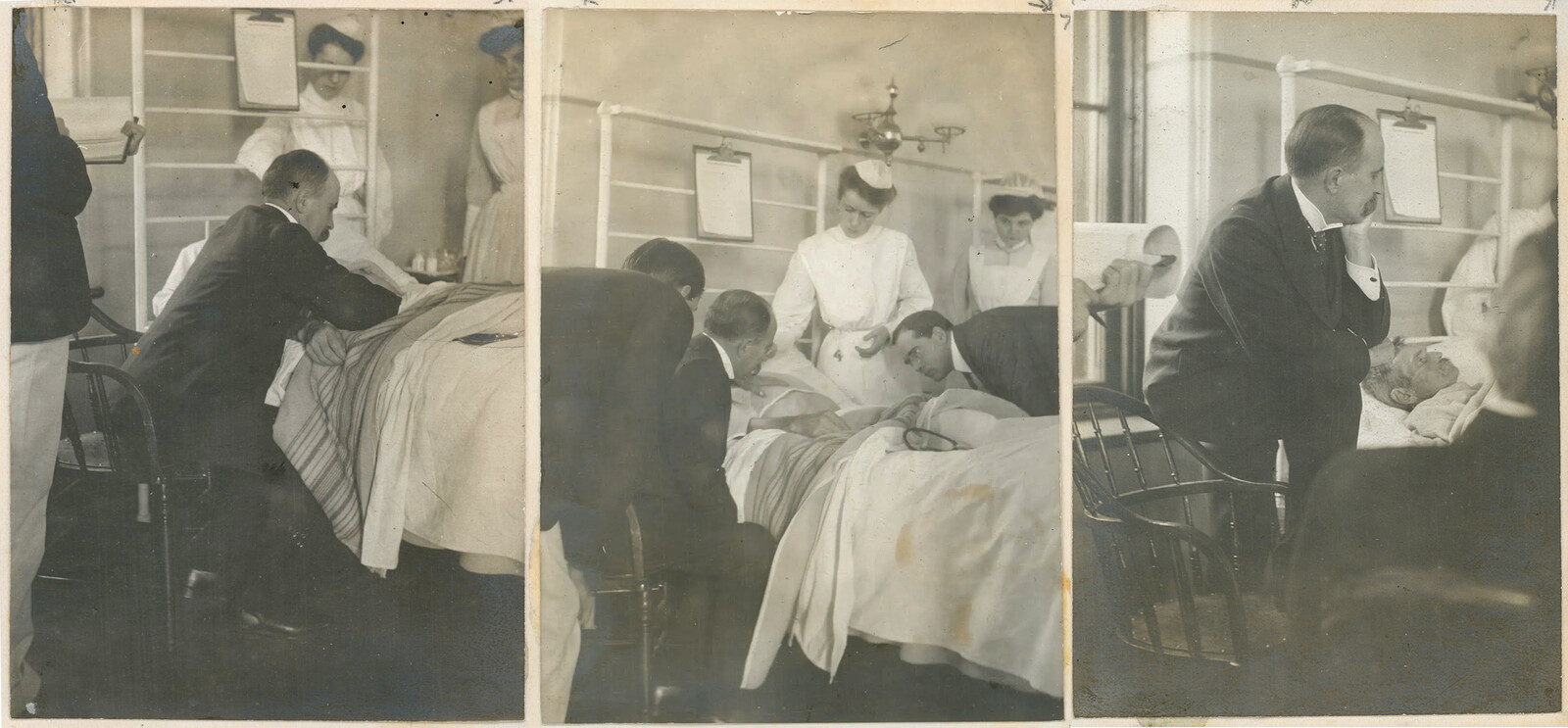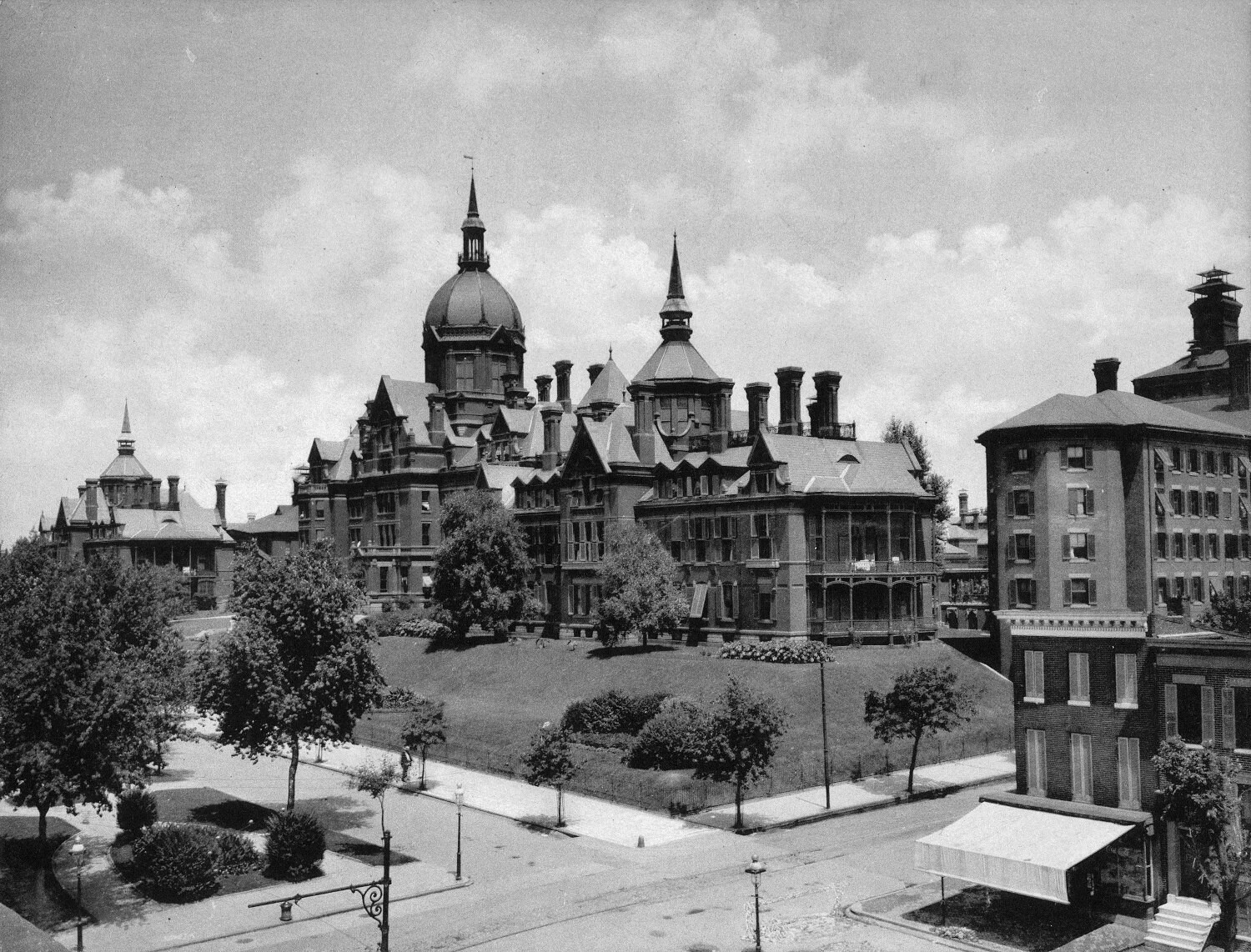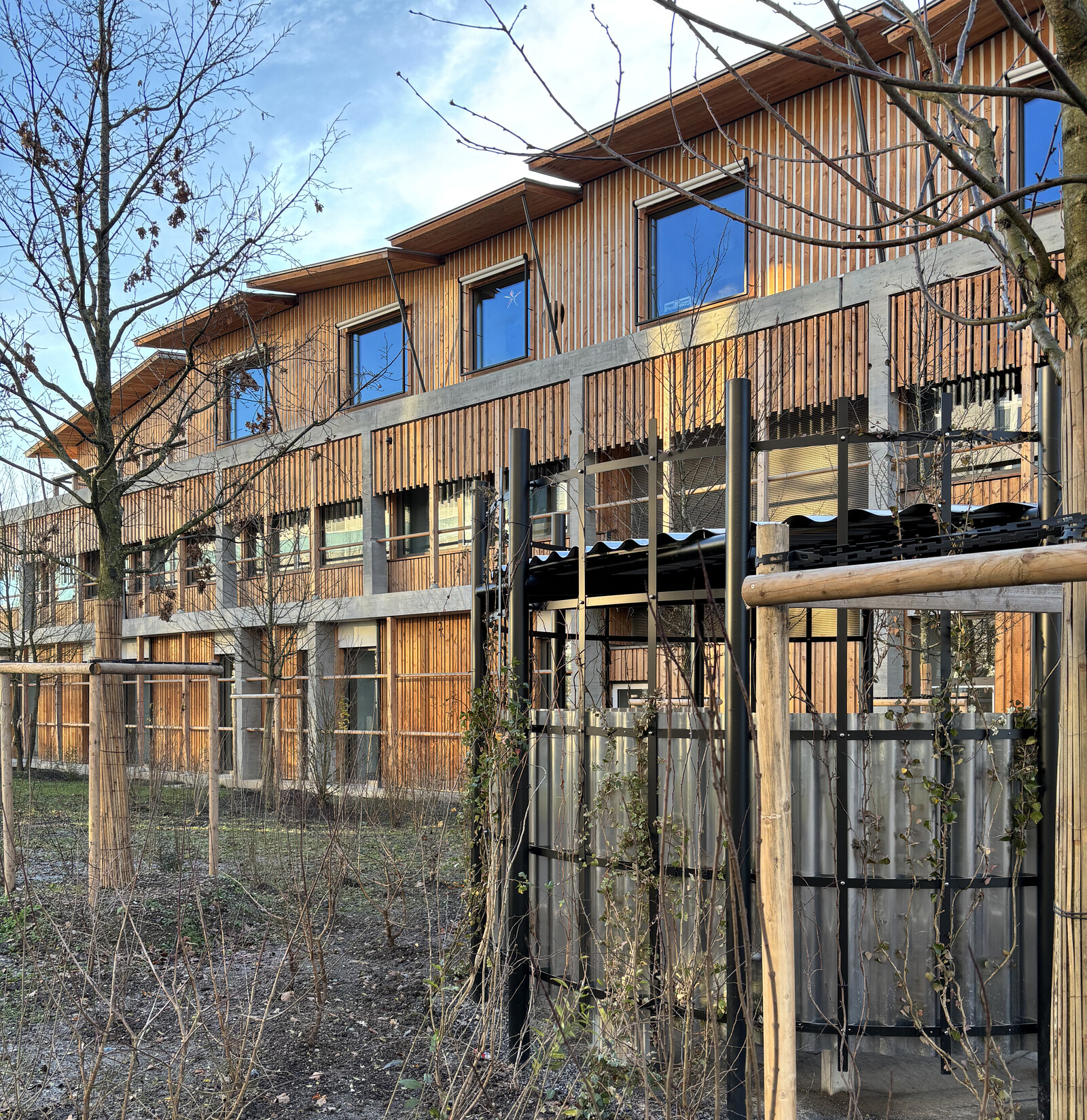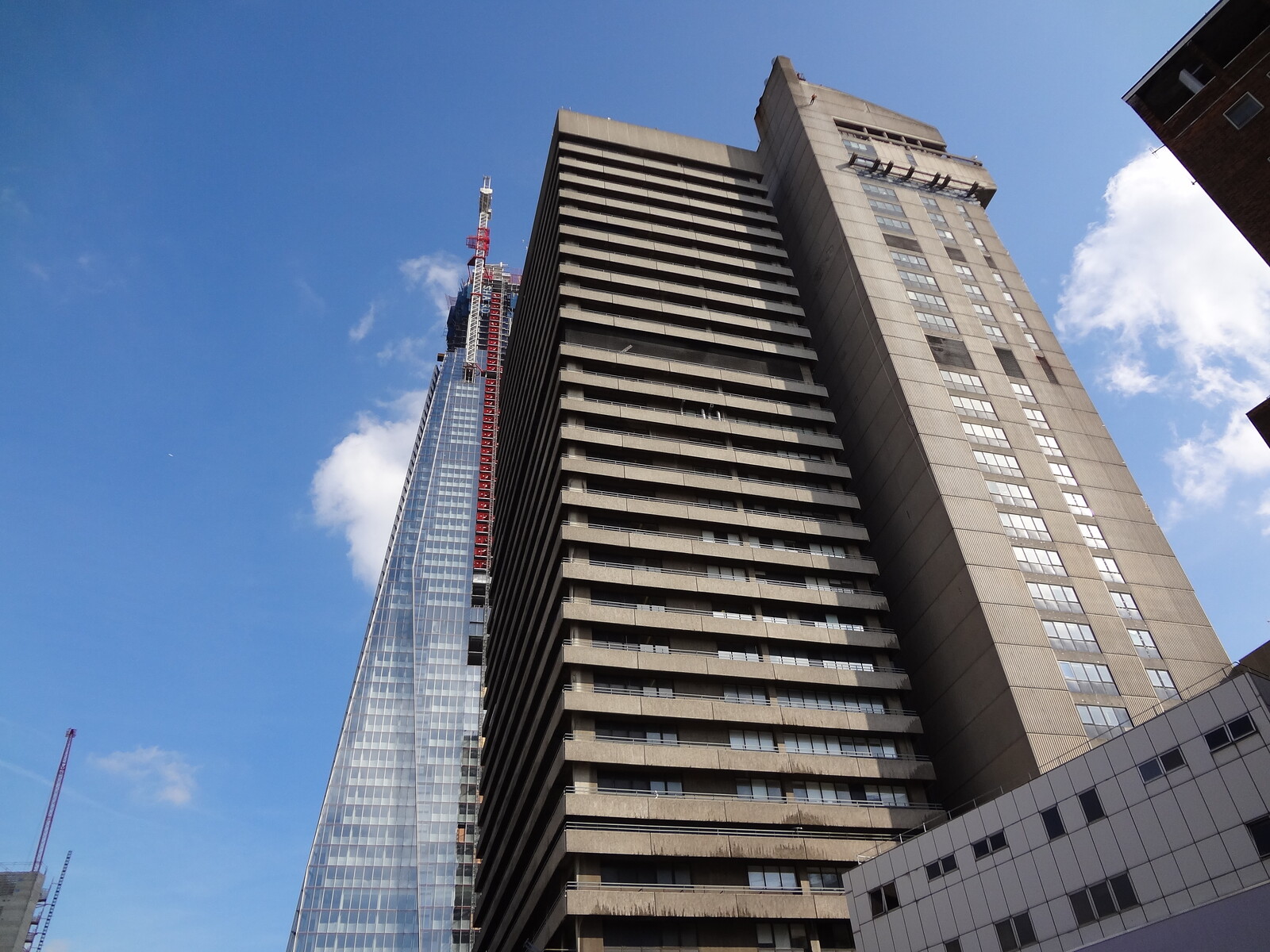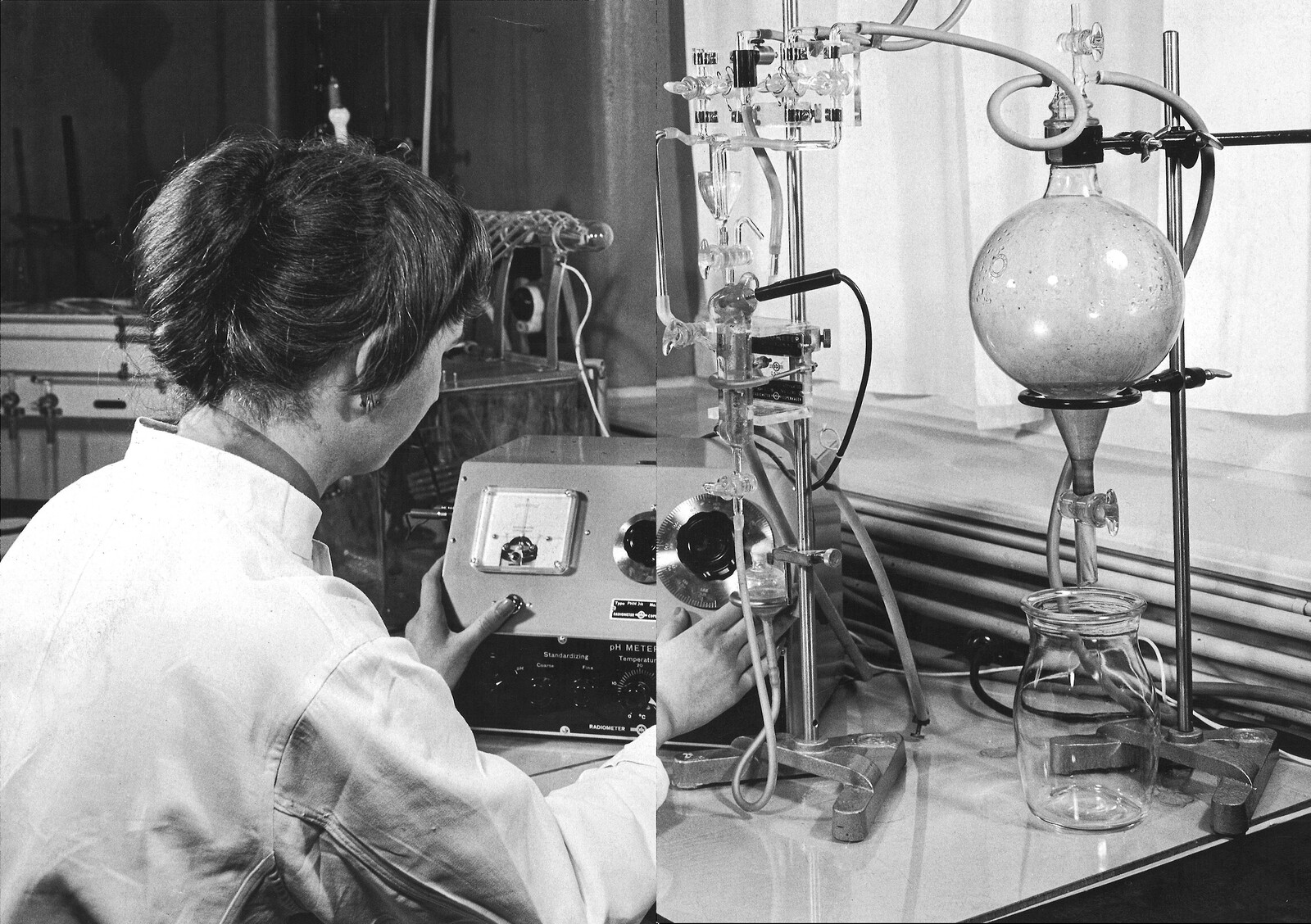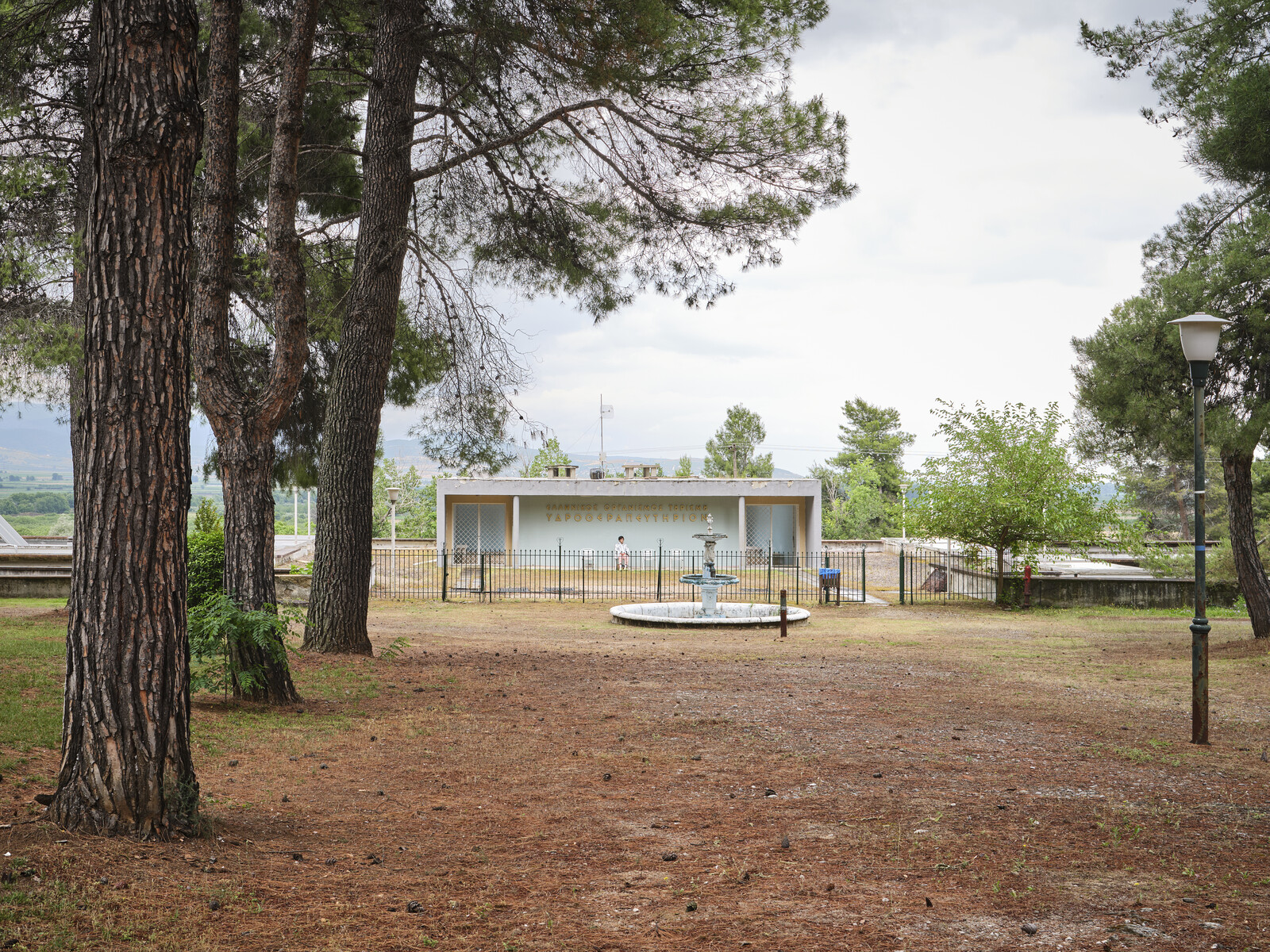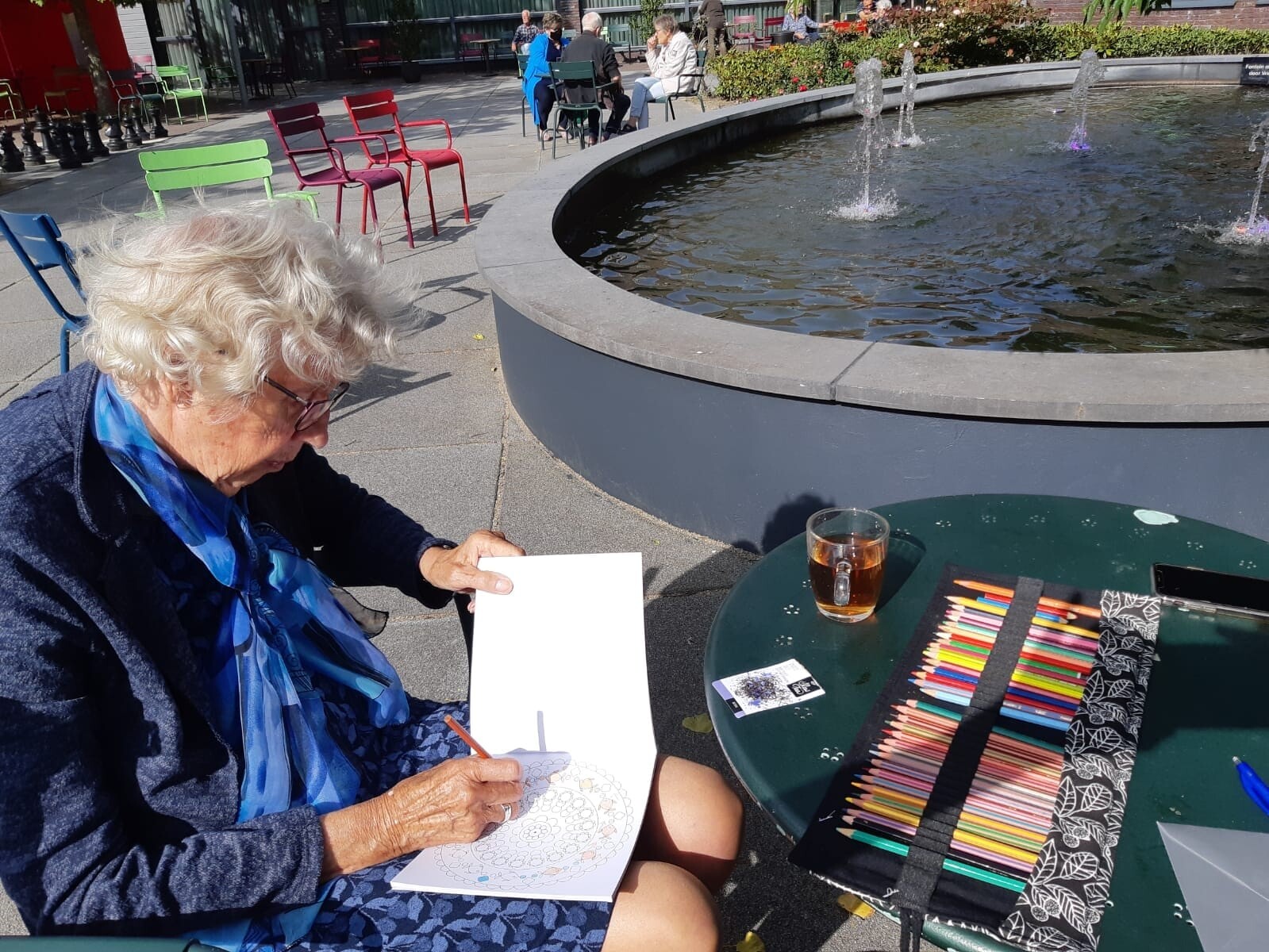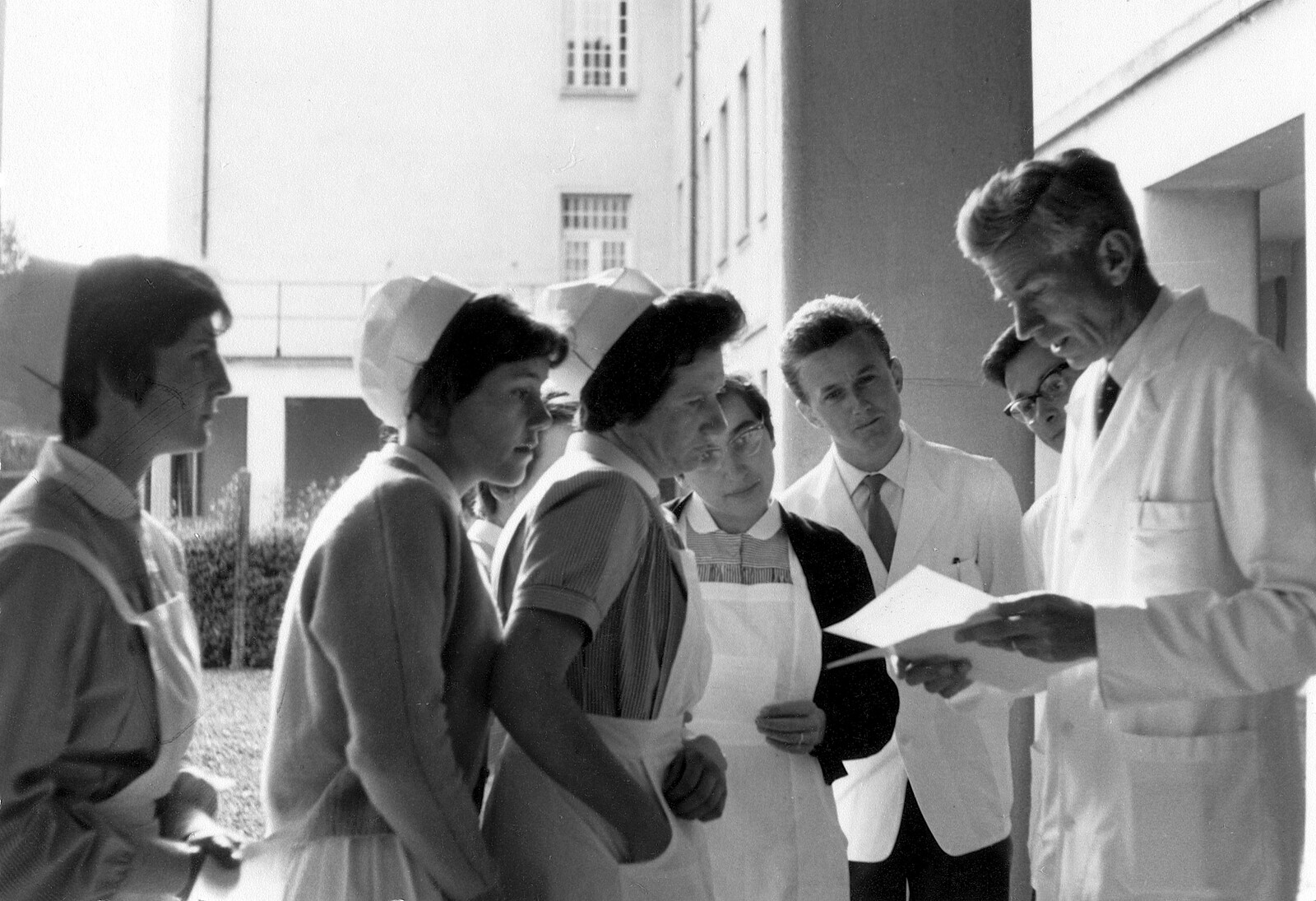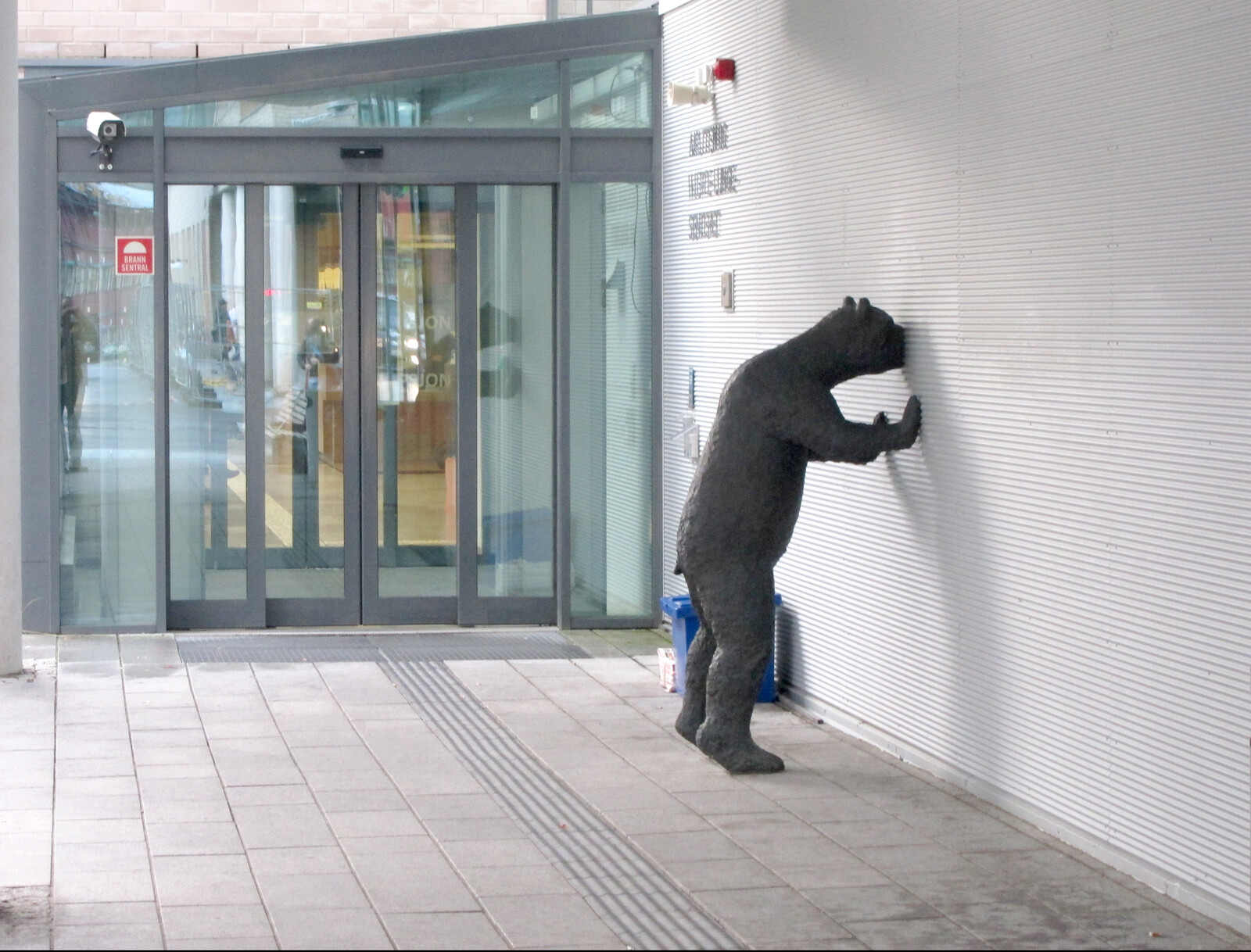In the April 1881 issue of The Modern Review, a British periodical published from 1880 to 1884, a sardonic Frances Power Cobbe wrote: “It is the misfortune of the Medical profession that the performance of its ordinary duties involves the appearance of humane feelings, which may or may not be present on any particular occasion, but which the patient and his friends will usually expect to see exhibited, and the doctor be almost driven to simulate.”1 Only those who have entered the profession with humanitarian interests—as opposed to those with mercenary or scientific motivation—are able to feel genuine sympathy, Cobbe continued. All others are “forced” to “simulate” sympathy, resulting in “the not very rare phenomenon of a medical Tartuffe.”2 Herein lies the “misfortune” sarcastically presented by Cobbe: the professional is obliged to wear a mask of emotion.
Cobbe’s article generated a lot of debate. Four responses appeared in later issues of The Modern Review, with a fifth in New York’s Medical News in 1882. In an immediate response, almost twice as long as the original article, then-prominent English physiologist William Benjamin Carpenter described Cobbe’s piece as a “grave injustice” that demonstrates a “strong animus against the Medical Profession.”3 The first grievance aired by Carpenter responded to Cobbe’s claim that “the proper beneficent objects of the medical profession are being daily supplanted by the ardour of purely scientific investigation.”4 The two authors disagreed about the relationship between science and care. Cobbe saw them as mutually exclusive and felt that each individual physician was drawn to the profession by one or the other. She argued that humanitarian interest, however, was what patients and the public expected of the profession, so anyone motivated by scientific curiosity was in the difficult position of having to seem caring. Carpenter, on the other hand, saw scientific research as part of caring, as it prevented future suffering. All physicians sensed that humanitarian pull, Carpenter argued, and it was actually important to “consent to a sacrifice of their own feelings, to preserve others from suffering and death.”5 Read: those who appeared unfeeling may actually be more benevolent.
The questions central to this debate were not new. In his much earlier Lectures on the Duties and Qualifications of a Physician, Scottish physician and philosopher John Gregory lamented the fact that physicians had “often been reproached with hardness of heart” because of their ability to remain composed in the face of extreme suffering.6 A true lack of emotion would be a great “misfortune to a physician,” though, since he would be without “one of the most natural and powerful incitements to exert himself for the relief of his patient.”7 Conversely, the presence of emotions like sympathy in excess, Gregory qualified, would also “prevent [the physician] from acting with that steadiness and vigor, upon which perhaps the life of his patient in a great measure depends.”8 Gregory advised that physicians ought to “feel whatever is amiable in pity, without suffering it to enervate or unman them.”9 This is, of course, a delicate balance to strike.
Medical Education and Emotional Community
In the late-eighteenth and early-nineteenth centuries, medicine in the nascent United States was largely considered “a small tail wagged by a big British dog.”10 American educational and professional institutions at the time tended to emulate those of England in the hopes that the status and exclusivity that English physicians enjoyed would be granted to their American counterparts. Medical students in the US routinely traveled to Edinburgh, London, or Paris to round out their studies as they felt that a medical education in America was incomplete without a visit to Europe.11 Many textbooks used in the United States up until the turn of the nineteenth century were reprints or approximations of texts published in the United Kingdom.
Despite attempts to emulate Scottish and English institutions, by the mid nineteenth century the American medical profession had begun to critique the structure of its educational institutions. The civil war had highlighted the deficiencies in training and skills of the average doctor, with many men working at the time as practicing physicians qualified by relaxed educational metrics and certification frameworks.12 When the first medical practice law in Illinois passed in 1878, for example, licenses were granted solely based on years of practice.13 As Kenneth M. Ludmerer puts it in his Learning to Heal, “students would often graduate without ever having touched a patient.”14 Understandably, this lack of formal education or requisite qualifications left patients distrustful of the field. It therefore became important that physicians work to appear more trustworthy.
Most physicians at the time found work through patient referrals. This meant that the image projected to their patients was often more important than the one projected to their colleagues.15 Physicians were thus not only obliged to carry out their professional tasks and routines, but also to convincingly express and assert their competence to the lay public.16 In his influential book The Physician Himself, D. W. Cathill advised the physician to “concern himself first with expressing his competence and only secondarily with actually being competent,” and provides theatrical techniques the physician might employ to this end.17 Social historian of medicine Edward Shorter explains that in the modern consultation, the doctor was supposed to avoid creating the “impression” of haste. He quotes the following advice from a nineteenth-century physician:
Never go into a patient’s bedroom with your overcoat on… this will make the patient think you mean to be off in a minute or two. However over-worked and pressed for time you may be, don’t let your patient sense it. Let him feel that, however short the consultation may have to be, during that period of time the nature of your patient’s illness and how to get him well are the only things which matter to you.18
Before the medical education reform of the late nineteenth century, the American doctor-patient relationship was characterized by physicians who were aware of how care might appear, with the performance of feeling at the center of the doctor-patient relationship—in the interest of gaining the patient’s trust.
Feeling at the Bedside, 1893–1920
Over just a few decades, the American medical education system underwent a significant period of continual and radical change: medical school entrance requirements became much more rigid and demand for doctors begun outweighing supply. Ludmerer describes the evolution in pedagogic style as the student’s role transformed from passive and observational to an active participant in their own learning process.19 A shift with significant implications for the place of emotion in education and professional identity came when medical curricula began to include bedside teaching.
Many saw the integration of medical schools with hospitals as the solution to the deficiencies of the education system.20 “To promote the cause of medical education, [medical colleges] should each have a hospital attached, with a spacious amphitheatre for clinical lectures and operations,” read an 1851 article in the New York Register of Medicine and Pharmacy. 21 Leading this charge in America was William Osler, longtime advocate for medical education reform, who insisted on the educational value of doctor-patient interaction. Osler established the first formal residency program in the world—inspired by the clinical clerkship system in England—at the Johns Hopkins Hospital and School of Medicine in Baltimore, Maryland, immediately after the school’s opening in 1893.22 Under it, medical students would begin bedside learning in the third year of study, taking up active roles in the care of real patients. In the fourth year, students would work in the hospital wards, supervised by resident physicians. Students in surgical clerkships followed their patients until discharge, often helping with the autopsy if a patient died.23
As Osler put it, “the student begins with the patient, continues with the patient, and ends his studies with the patient, using books and lectures as tools, as means to an end.”24 The physical and emotional distance allowed by the previous education system, dominated by lectures and textbooks, was replaced by a system that demanded rapport: with peers and with patients. Of course, Osler’s famous valedictory address Aequanimitas, at the Pennsylvania School of Medicine in 1889, made clear his own position on the subject of emotion work in medicine: physicians, he suggested, ought to be expected and able to master “imperturbability” (calmness) and “equanimity” (an absence or moderation of emotions).
The Flexner Report, a survey of American and Canadian medical schools commissioned in 1908 by the American Medical Council on Medical Education, drew attention to the inconsistencies in educational models across the continent and advocated for patient-centered modes of care. The report modernized medical education. Medical schools, it argued, should follow the Johns Hopkins model, where beside instruction would complement teaching in the laboratory or the lecture hall. It offered unique and transformative learning experiences: “the apprentice saw disease, the didactic pupil heard and read about it; now once more the medical student returns to the patient … relying no longer altogether on the senses with which nature endowed him, but with those senses made infinitely more acute, more accurate, and more helpful.”25 In the teaching hospital, students were exposed to the embodied experience of illness and injury, all while protected by the teaching team and the absence of any formal, professional responsibility to the patient. Physicians-in-training were able to confront these apprehensions in a context that did not place them at the center of the encounter.
The widespread integration of the medical school into the hospital capitalized on the “absence of institutional precedent in pioneering the professional relations that a generation of physicians came to associate with scientific medicine.”26 This new model centered the doctor-patient relationship, requiring young physicians to learn from individual human patients rather than from the standardized depictions of illnesses in textbooks, all while allowing them to witness the bedside manner of their supervising physicians. Echoing Osler, many advocated that “seeing, much more than exposition, [would teach] the young physician methods of approach to people, the common barriers to knowledge of their feelings, the more frequent forms of apprehension and distress, and the human ways that bring healing.”27


Aerial view of Johns Hopkins Hospital and Medical Complex, 1958. Source: Alan Mason Chesney Medical Archives.
By the mid-1920s, the reputation of the hospital as a symbol of charity and provider of aid to the poor had largely faded. Before then, the majority of doctor-patient encounters took place in the domestic realm. But hospitals promised access to the best technologies, expertise, and scientific medicine, and the upper classes were suddenly willing “to forego the comfort of home and family in illness.”28 Everything was better in these institutions: hygiene, care, food. The affiliation of many hospitals with universities and medical schools supported this recasting of their image as highly regarded institutions.
From the perspective of the patient, the hospital as an institution symbolized a new emotional register for receiving treatment. At the beginning, patients in hospitals were generally more “apprehensive and more often intensely so than those in private practice.” Illness, or the suspicion of illness, normally involved “some degree of worry or apprehension [based] on the primary emotion of fear.”29 And “the very word hospital [connoted] a fearful place to many, especially to simple people, and to enter a hospital as a patient [was], to a large proportion of people, a great ordeal.”30 Where care in the domestic environment was—or at least gave the illusion of being—private and personal, the hospital meant doctors and nurses were able and expected to do their rounds more quickly and more efficiently.31 Accordingly, the emotional work of the doctor evolved from demonstrating sympathy to easing fear—each achieved by an unwavering professionalism. As its architectural context changed, so did the rules of medicine’s affectual economy. As Katherine L. Carroll writes, the architectures of medical education at this time perpetuated a particular understanding of medicine among students and faculty alike, understandings that became “codified and then promoted by the buildings themselves.”32 As a larger portion of practice took place within them, the profession as a whole “had to rework [its] relationship with their hospitals.”33
Conclusion: An Emotional Community
While Cobbe demanded “sincere” and “genuine” emotions, and Carpenter advocated for freedom from emotion, they each saw emotion at the core of medical practice, as well as having a normative function. As the residency requirement came to be commonplace in medical education, an “emotional community,” described by Barbara Rosenwein as the “internalized norms that determine how we think and act,” began to take shape in American medicine.34 In the residency system, pioneered by Osler, students’ emotional capacities, understanding, and management were recalibrated. It wasn’t simply about supporting the patient; groups of students were able to learn about their own affect and the affective needs of the patient from within the safety of the educational setting. Osler explained: “The more closely [physicians] study [a patient’s] little foibles, of one sort or another in the inner life which we see, the more surely is the conviction borne in upon us of the likeness of their weakness to our own.”35 Sympathy, here, becomes empathy. The bedside component of medical education served not only to allow students to experience the up-close encounter, but also to instill normative emotional responses: empathy to engage with the patient, and calmness in the face of their distress. Osler, too, saw a central place for normative emotion in medicine, but as an epistemic tool itself. These norms, cultivated and communicated by the education system, transform affect from a subjective experience to a key part of one’s professional identity.
Frances Power Cobbe, “The Medical Profession and Its Morality,” The Modern Review (April 1881): 296–328, 302.
Ibid.
William B. Carpenter, “The Morality of the Medical Profession: A Reply,” The Modern Review (July 1881), 489-532, 490. Emphasis original.
Cobbe, “The Medical Profession,” 325.
Carpenter, “The Morality of the Medical Profession,” 532.
John Gregory, Lectures on the Duties and Qualifications of a Physician (Philadelphia: M. Carey & Son, 1817), 9.
Ibid.
Ibid.
Ibid., 20.
Edward Shorter, Bedside Manners: The Troubled History of Doctors and Patients (New York: Simon and Schuster, 1985), 27.
Joseph Carson, A History of the Medical Department of the University of Pennsylvania from its Foundation in 1765 with Sketches of the Lives of Deceased Professors (Philadelphia: Lindsay and Blakiston, 1869), 30.
Kenneth M. Ludmerer, Learning to Heal: The Development of American Medical Education (New York: Basic Books, 1985), 10.
Shorter, Bedside Manners, 30.
Ludmerer, Learning to Heal, 3.
Paul Starr, The Social Transformation of American Medicine (New York: Basic Books, 1982), 86.
Ibid.
Ibid.
Maurice Cassidy, “Doctor and Patient,” The Lancet 231, no. 5968 (January 1938): 175–80, 176; quoted in Shorter, Bedside Manners, 159.
Ludmerer, Learning to Heal, 63.
For analysis of the architecture of the revolution in American medical education, see Katherine L. Carroll, “Creating the Modern Physician: The Architecture of American Medical Schools in the Era of Medical Education Reform,” Journal of the Society of Architectural Historians 75, no. 1 (2016): 48–73.
New York Register of Medicine and Pharmacy (New York: Baker, Godwin & Co, 1851), 47.
“Father of Modern Medicine: The Johns Hopkins School of Medicine, 1889–1905,” United States National Library of Medicine, ➝.
Ibid.
William Osler, Aequanimitas, with Other Addresses to Medical Students, Nurses, and Practitioners of Medicine (Philadelphia: P. Blakiston’s Son, 1904), 331.
Abraham Flexner, Medical Education in the United States and Canada (New York: D.B. Updike, The Merrymount Press, 1910), 20.
Morris J. Vogel, The Invention of the Modern Hospital: Boston 1870–1930 (Chicago: University of Chicago Press, 1980), 79.
David L. Edsall, “Some of the Human Relations of Doctor and Patient,” in Physician and Patient: Personal Care, ed. L. Eugene Emerson (Cambridge: Harvard University Press, 1929), 15.
Vogel, The Invention of the Modern Hospital, 119.
Lawrence K. Lunt, “Human Nature and its Reaction to Suffering,” in Physician and Patient: Personal Care, ed. L. Eugene Emerson (Cambridge: Harvard University Press, 1929), 149.
Edsall, “Some of the Human Relations,” 17.
For the emotional history of nursing, see Patricia D’Antonio, American Nursing: A History of Knowledge, Authority, and the Meaning of Work (Baltimore: Johns Hopkins University Press, 2010) and Richard Shryock, The History of Nursing: An Interpretation of the Social and Medical Factors Involved (Philadelphia: W. B. Saunders Company, 1959).
Carroll, “Creating the Modern Physician.”
Vogel, The Invention of the Modern Hospital, 119.
Barbara H. Rosenwein, Emotional Communities in the Early Middle Ages (Ithaca: Cornell University Press, 2007), 25.
Osler, Aequanimitas.
Treatment is a collaboration between e-flux Architecture, the Institute for the History and Theory of Architecture (gta), ETH Zürich (2021 and 2025), and Istituto Svizzero, Rome (2025).
